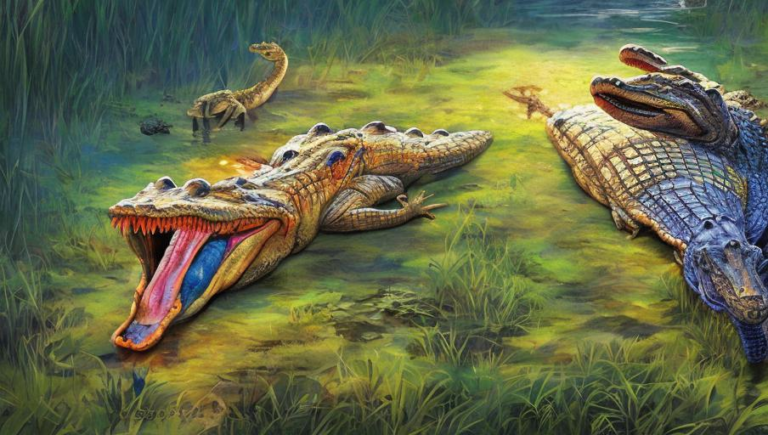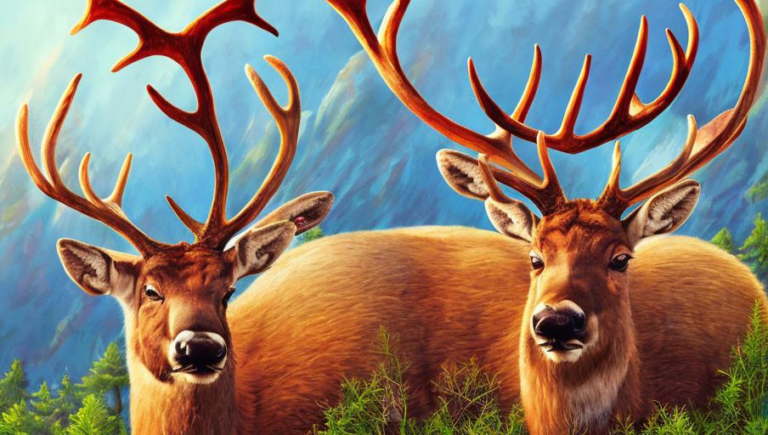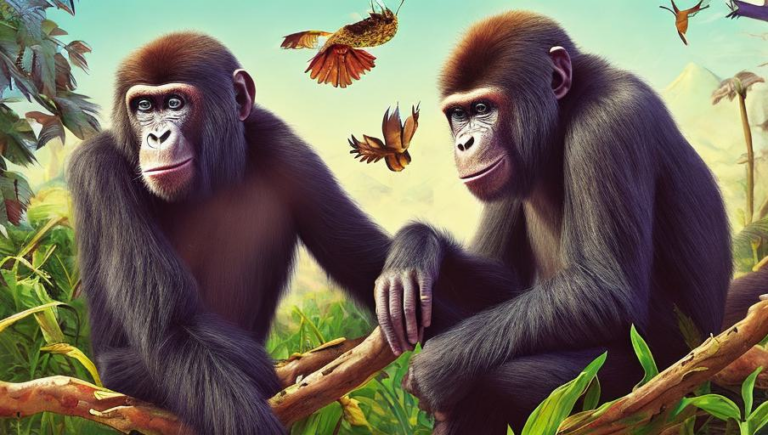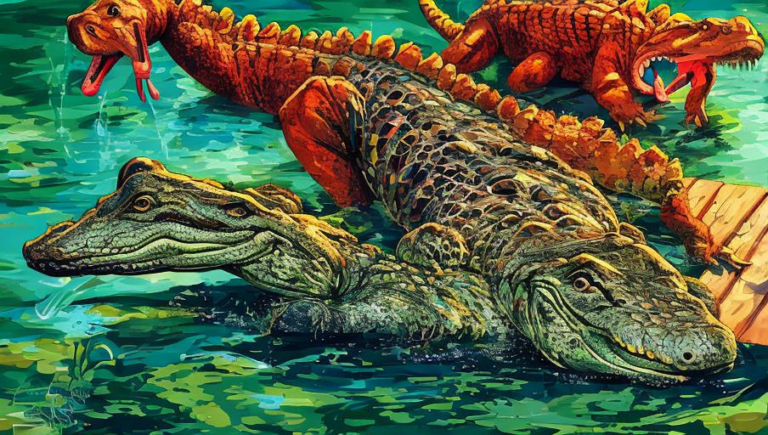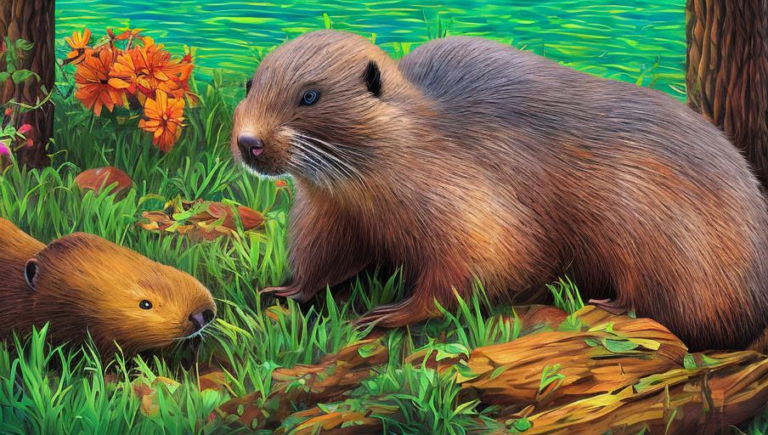Fascinating Ants of the World
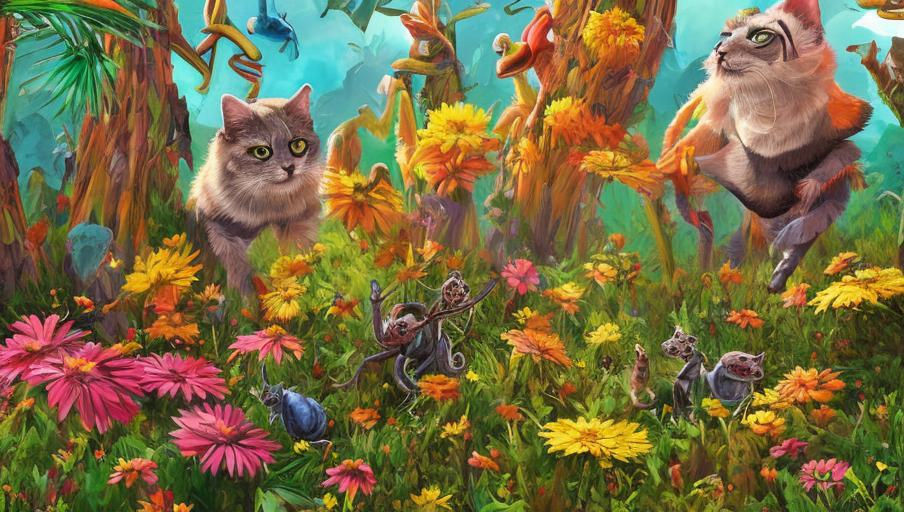
Introduction
From the ants in your garden to the giant ants in tropical rainforests, ants are a fascinating species. Ants are incredibly diverse, with more than 12,000 known species in the world. Some species are no bigger than a grain of sand, while others are huge and can measure up to two inches in length. Ants can be found in almost every environment, from deserts to tropical rainforests and even polar regions. They have adapted to survive in some of the harshest environments on Earth. Ants are also highly social and live in colonies, with some species having millions of members. In this article, we’ll explore some of the fascinating ants of the world.
Argentine Ants
Argentine ants (Linepithema humile) are native to South America, but have spread to many other parts of the world. They are usually found in areas with mild climates and wet conditions. Argentine ants are quite small, measuring about 0.1 inch in length. They are recognizable by their light brown color and the distinct smell they give off when disturbed. They can be found in gardens, lawns, and other areas with soil.
Behavior
Argentine ants live in large colonies with millions of members. They are highly organized and have a strong hierarchical structure, with the queen ant at the top. The queen’s role is to lay eggs and care for the colony. The worker ants do all the work, such as gathering food and protecting the colony from predators. Argentine ants are also highly social and can communicate with each other through pheromones. They are also very aggressive and will fight with other ant species to protect their territory.
Diet
Argentine ants are omnivorous and will eat a variety of foods. Their diet includes seeds, fruits, honeydew, and insects. They will also scavenge for food in human settlements, such as kitchens and garbage cans. In some areas, they have become a nuisance by invading homes in search of food.
Bulldog Ants
Bulldog ants (Myrmecia spp.) are one of the largest ant species in the world, measuring up to two inches in length. They are found in Australia and are recognized by their black color and powerful jaws. Bulldog ants have earned their name due to their aggressive behavior and their powerful bite, which can be painful to humans.
Behavior
Bulldog ants are solitary creatures, and each ant has its own nest. They are highly aggressive and will attack anything that gets too close to their nest. They have an acute sense of smell and can detect prey from up to 10 feet away. They will also use their powerful jaws to attack potential predators.
Diet
Bulldog ants are carnivorous and will hunt for food. They mainly prey on small insects, such as spiders and caterpillars. They will also scavenge for food in human settlements, such as garbage cans.
Leafcutter Ants
Leafcutter ants (Atta spp.) are found in Central and South America and are one of the most recognizable ant species in the world. They measure up to 0.5 inches in length and are usually dark red or black in color. They are recognizable by their habit of cutting leaves and carrying them back to their nests.
Behavior
Leafcutter ants are highly social and live in large colonies of up to 8 million members. The queen ant is responsible for laying eggs and caring for the colony, while the worker ants do all the work. Leafcutter ants are also highly organized and have a complex system of communication. They will use pheromones to signal to each other when food has been found, and they will use their mandibles to carry the leaves back to their nests.
Diet
Leafcutter ants are herbivores and feed mainly on leaves, flowers, and other plant matter. They will cut pieces of leaves, carry them back to their nests, and feed them to the larvae. They will also collect sap from trees and other plants to feed the larvae.
Conclusion
Ants are incredibly diverse and fascinating creatures. They come in a variety of shapes and sizes, and can be found in almost every environment. From the Argentine ants in our gardens to the giant Bulldog ants in Australia, ants are a remarkable species and are essential to the environment. So next time you come across an ant, take a moment to appreciate its beauty and complexity.
